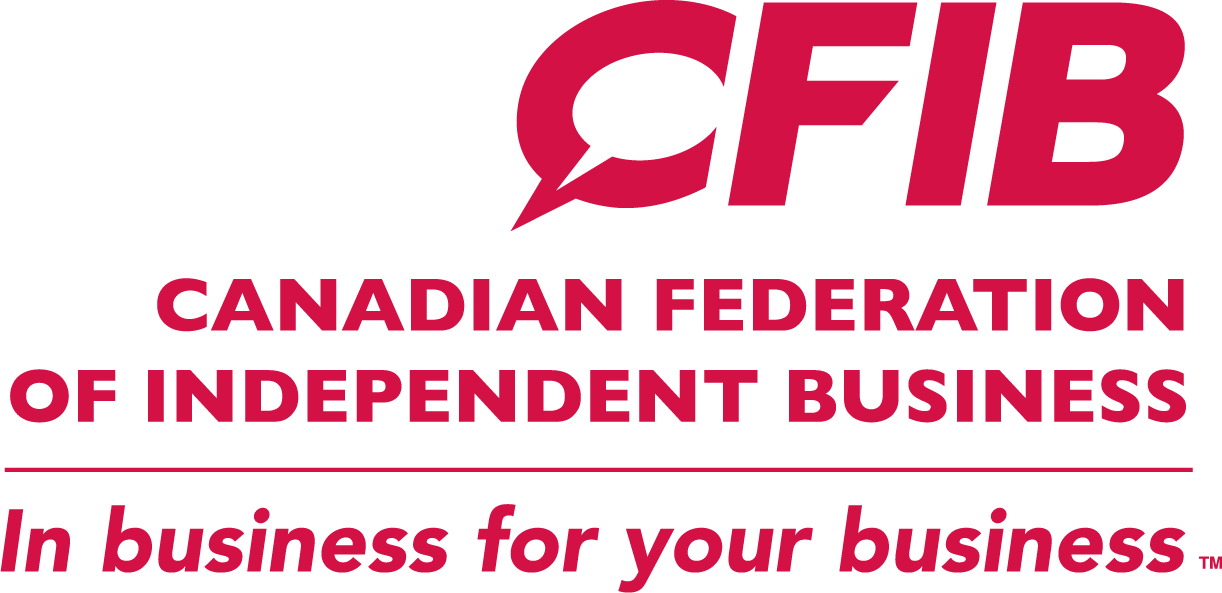Rising EI costs may kill 200,000 jobs
EI premiums and future surplus to soar
TORONTO, Feb. 17 /CNW/ - The Canadian Federation of Independent Business (CFIB) has released a study projecting a return to much higher Employment Insurance (EI) rates and surpluses up to the year 2020. CFIB's projections go five years beyond the government's own estimates.
"Increasing the payroll tax burden just as the economy is coming out of recession will serve only to set back economic recovery and job creation," noted CFIB's chief economist, Ted Mallett. "Our projections show that this level of EI premium increase could cost Canadians 200,000 jobs in the short term and reduce wages by 1.5 per cent over the longer term."
"Canada's EI system is about to send premium-paying employees and employers for a rollercoaster ride," cautioned Mallett. Due to a combination of labour markets thinned by the recent recession and the temporary freezing of premium rates until the end of 2010, CFIB calculates the EI fund will reach a deficit of $14.7 billion by 2012. "As a result, employer and employees should brace themselves for maximum level increases in their EI premiums each year until 2016. Perversely, rising premiums will ultimately push the EI fund into a $23.9 billion surplus by the end of 2020," Mallett added.
CFIB strongly supported the creation of the Canadian Employment Insurance Financing Board (CEIFB) in order to ensure EI surpluses were not absorbed into general government revenue. Unfortunately, while EI ratepayers have had a total of $57 billion in surplus premiums taken from their pockets over the past decade, they are now being handed a giant bill while the fund is in deficit. CFIB president Catherine Swift noted, "The EI premium freeze in 2009 and 2010 was a very positive move, but unfortunately will soon be charged back to the EI fund causing premiums to rise even further."
"Although the numbers are large, there is still enough time to implement a more appropriate approach to EI," said Swift. Included in CFIB's recommendations for a multi-pronged approach to fixing the EI account is:
- A contribution from general federal revenues to eliminate or reduce
the 2011 rate hike
- A long-term target of refunding the $57 billion in previous EI
surpluses which were spent elsewhere
To view the report in full, please visit www.cfib.ca
For further information: or to speak with Ted Mallett or Catherine Swift, please contact Adam Miller or Meghan Carrington at (416) 222-8022

Share this article